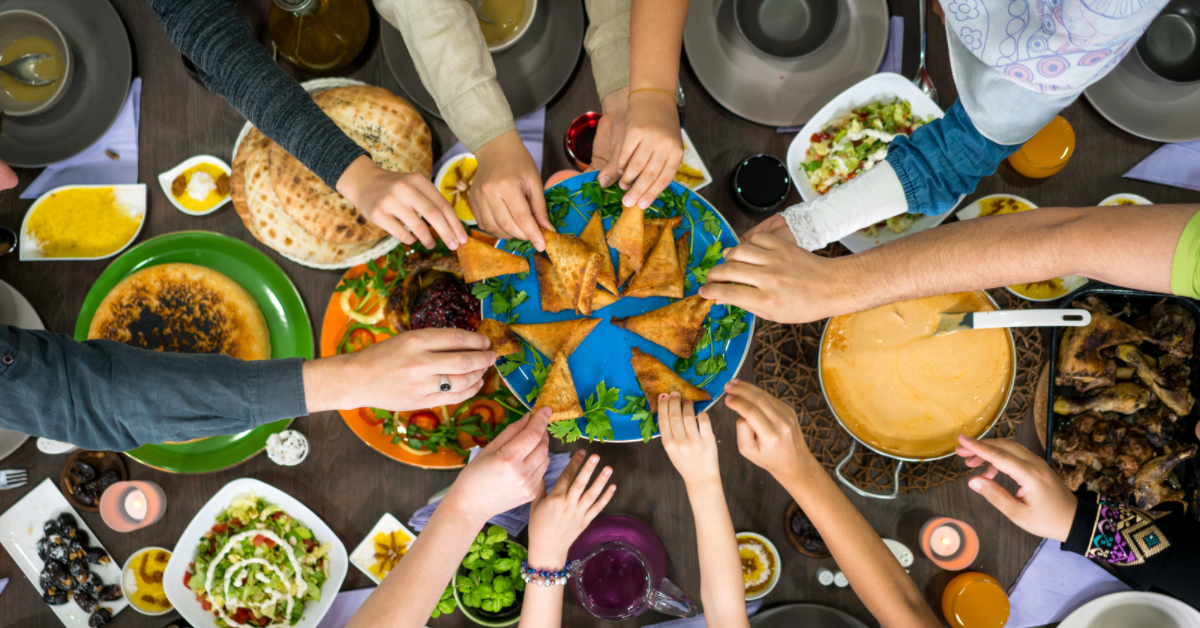When you are new to type 2 diabetes there is a lot to learn. What should you focus on? What needs to change? Here's some advice from someone who has been managing it for years to help you get started.
You will be told to lose weight.
It’s the standard starting point with a type 2 diabetes diagnosis.
To be fair, what you eat has a direct relationship with your blood glucose levels. But losing weight might not be the most effective place to start.
Focusing on weight loss means the goal is to drop pounds, not to improve your glucose levels. Improving glucose levels is the cornerstone of managing diabetes and avoiding complications.
Focusing on weight loss can also put you in toxic diet culture. Where foods are labeled “good” or “bad.” Eating has to be earned or justified by exercising first. Feeling guilt about food and eating is encouraged. Toxic diet culture body shames people when their physique doesn’t match some artificial ideal. And it can lead to disordered eating
Put the Focus on Your Glucose Levels
You’re better off learning about how the things you eat and drink affect your glucose levels. This will enable you to make choices that have a direct, positive impact on your glucose levels and, ultimately, your health.
Despite what you might read on the Internet, there is no “diabetic diet.” However, being able to identify macronutrients (carbohydrates, fat, and protein) present in your food and understand how they affect glucose levels will help you anticipate their effect.
In short, carbohydrates on their own will raise glucose levels. When fat and/or protein are put with carbs they tend to counteract spikes in glucose. The frustrating thing is that you can’t reliably predict where your glucose levels will end up after eating. To know that you have to specifically check your glucose levels.
Knowing how to track your glucose levels using a meter or CGM is invaluable for managing type 2 diabetes. (I’ll talk more about this in a subsequent article). Learning how to check in pairs (before eating and at a specific time after) will give you insight into the impact the food and drink is having on your managing glucose levels. Be sure to work with your doctor to determine your individual targets.
Make Some Immediate Dietary Adjustments
You can learn how to manage your glucose levels while eating a wide range of foods — including some traditional favorites. However, learning this will take some time. In the meantime there are things you can do immediately for a positive impact.
Here are a couple of suggestions.
Remove or reduce sugar-sweetened drinks from your diet.
These drinks include sodas, flavored coffee and tea drinks, energy drinks, chocolate milk (dairy and non-dairy), cocktail mixers, smoothies, and juice.
You might not realize just how much sugar there is in what you are drinking. Without any fiber and little or no fat, the sugar in these drinks drive glucose levels up quickly and dramatically. Always read the nutrition label and ingredient list so that you know how many grams of carbohydrates and sugar are contained in what you’re about to drink.
By eliminating sugar-sweetened drinks or switching to drinks that use artificial sweeteners you will immediately reduce the amount of carbohydrates and sugar in your diet and improve your overall glucose levels.
Slow down when eating and enjoy your meals.
Make time to focus on what you are eating and drinking. Instead of grabbing something on the go, stop and experience fully what you are eating or drinking.
Savor the flavor. Notice how your body feels while you are taking in your food. Take note of how you feel after. Also, take time to notice if you are experiencing any of the digestive discomfort that can come with some diabetes medications. Ask yourself how much you truly enjoyed what you just ate or if you enjoyed it at all.
Bringing mindfulness to your eating keeps you conscious in the moment. You may be surprised by which foods you find appealing and the ones you don’t. In the long run, mindfulness brings calmness and focus that can help you decide what other dietary adjustments you’ll make.
Take and eat smaller portions.
Eating more food than your body can digest at the moment drives glucose levels up. By taking in less the body is better able to process the food you do give it.
You can start with small changes. One less spoonful here. A smaller plate there. And by being more mindful while you eat you might just find you’re feeling satisfied without having an extra portion. But if you still want to have more that’s okay too.
A little less here. A little less there. Together it will yield movement toward better glucose management.
Everything Counts
Adjustments will need to be made in order to manage glucose levels with type 2 diabetes.
Some of those adjustments will be in what you eat and drink. Making these kinds of changes can be challenging. Favorite foods and drinks might become a sometimes treat. You might decide there are things you will stop eating or drinking altogether.
By basing your decisions about dietary adjustments on the specific effect food and drink have on your glucose levels you’re directly aiming at making a positive impact on your health.


